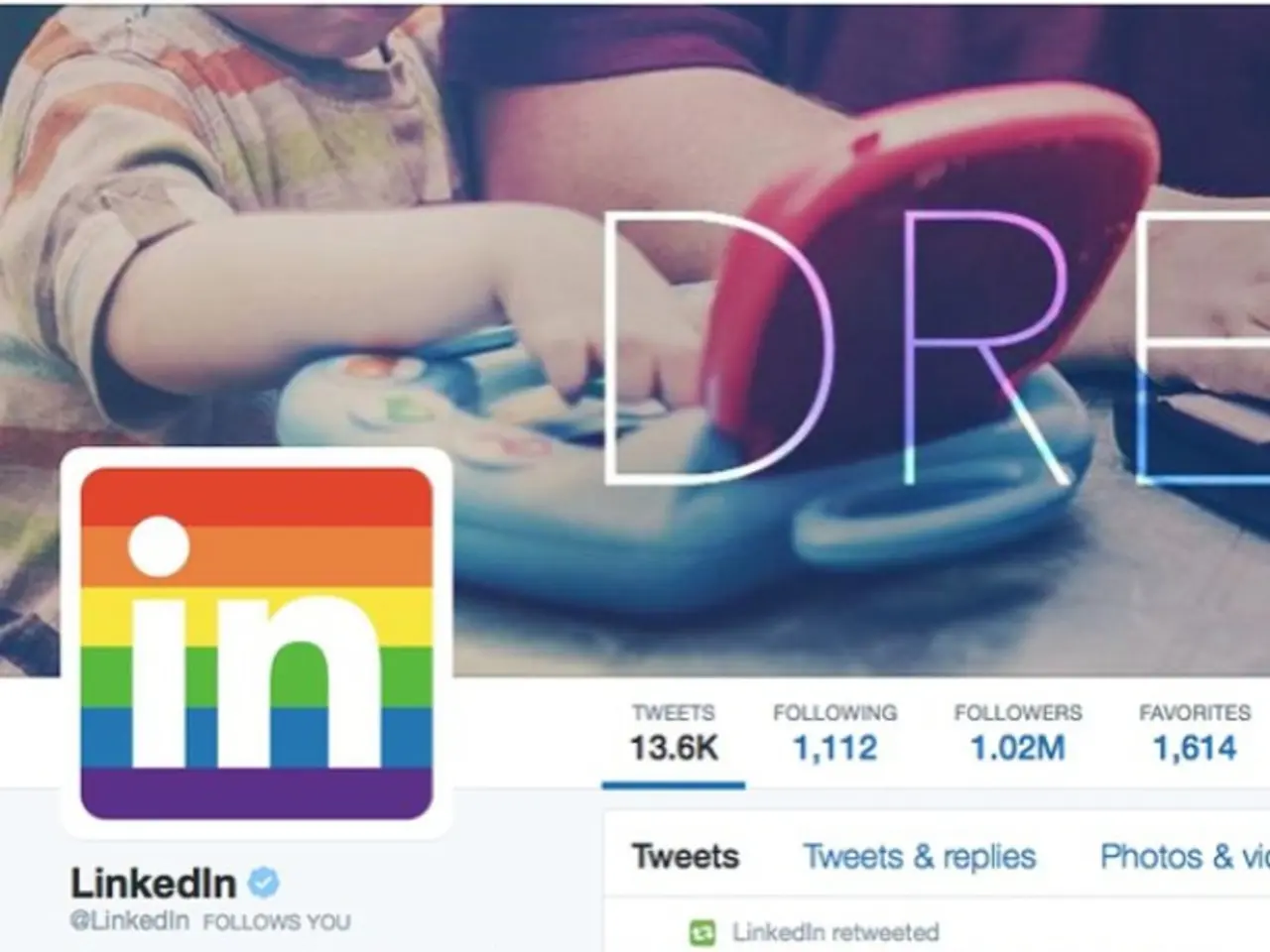Defense contract workers unwittingly draw foreign intelligence scrutiny by openly detailing their defense-related work on LinkedIn profiles, according to a top spy.
In a speech delivered by Mike Burgess, the Director-General of Security at the Australian Security Intelligence Organization (ASIO), he highlighted the increasing threat of foreign intelligence services targeting current and former defense employees in Australia.
According to Burgess, these services are proactive, creative, and opportunistic in their targeting, often exploiting information shared on platforms like LinkedIn. Many defense workers, he noted, recklessly invite the attention of foreign intelligence services by listing sensitive military and intelligence community work on their LinkedIn profiles, creating a comprehensive set of data that foreign actors use to target and exploit these individuals.
Foreign intelligence agencies employ a variety of tactics, ranging from cyberattacks (such as malware infections via USB devices) to sophisticated data exfiltration campaigns. For instance, US intelligence agencies were reported to have exploited Microsoft Exchange vulnerabilities to maintain persistent control over Chinese military enterprises for a year, stealing sensitive information.
To mitigate these risks, Burgess suggested several preventative measures. First, organizations and employees should limit public exposure of sensitive work details, avoiding listing classified, sensitive projects, or specific roles in defense and intelligence sectors on public social media profiles.
Second, robust cybersecurity controls should be implemented, protecting enterprise networks with strong endpoint protections, monitoring for unusual activity, and using counterintelligence techniques such as technical surveillance countermeasures (TSCM).
Third, employee education and awareness programs are crucial. Personnel should be trained on the risks of oversharing professional information and on recognizing social engineering tactics.
Fourth, strict access controls and compartmentalization should be enforced. Sensitive defense information and blueprints should be accessed only on secured systems and by authorized personnel, reducing the risk from insider threats or foreign targeting.
Lastly, counterintelligence agencies actively monitor threats. Entities like the U.S. Army Counterintelligence Command conduct ongoing efforts to identify and neutralize foreign intelligence targeting defense employees and contractors.
In conclusion, the exploitation of information shared on LinkedIn by defense workers is a recognized and growing threat. Proactive operational security, cyber defenses, and awareness programs are critical organizational measures to counter this risk. As Burgess emphasized, nation states are spying at unprecedented levels with unprecedented sophistication, making it essential for organizations to take these threats seriously and take steps to protect their sensitive information.
[1] Australian Strategic Policy Institute (ASPI) report: "Match-fit for the global contest?" [2] Reuters: "U.S. spies used Microsoft Exchange hack to infiltrate Chinese military, companies" [3] The New York Times: "Microsoft Says Hackers Infiltrated Its Email Service, Affecting Thousands of Organizations" [4] U.S. Army Counterintelligence Command: "Counterintelligence Awareness Training"
- The Director-General of Security at ASIO, Mike Burgess, emphasized the need for enterprise networking awareness due to foreign intelligence services targeting defense employees who inadvertently reveal sensitive details on platforms like LinkedIn.
- In his speech, Burgess underscored the use of technology as a vulnerability, with foreign agencies employing tactics such as cyberattacks, malware infections, and data exfiltration to gain access to classified information.
- The US intelligence agency's exploitation of Microsoft Exchange vulnerabilities to infiltrate Chinese military enterprises highlights the threat posed by cybersecurity crimes and the importance of robust defense mechanisms.
- To combat this threat, Burgess suggests limiting public exposure of sensitive work details, implementing strong cybersecurity controls, educating employees on security risks, enforcing strict access controls, and actively monitoring threats with the help of counterintelligence agencies.
- amidst increasing cybercrime-and-justice concerns, research reports like the one by the Australian Strategic Policy Institute titled "Match-fit for the global contest?" and articles in general-news like "Microsoft Says Hackers Infiltrated Its Email Service, Affecting Thousands of Organizations" shed light on the importance of AI, machine learning, and mobile security in today's tech-driven world.
- To equip employees with the necessary knowledge and skills to combat these threats, organizations should implement cybersecurity awareness programs to stay ahead of foreign intelligence targeting and protect their cloud-based technological infrastructure.








